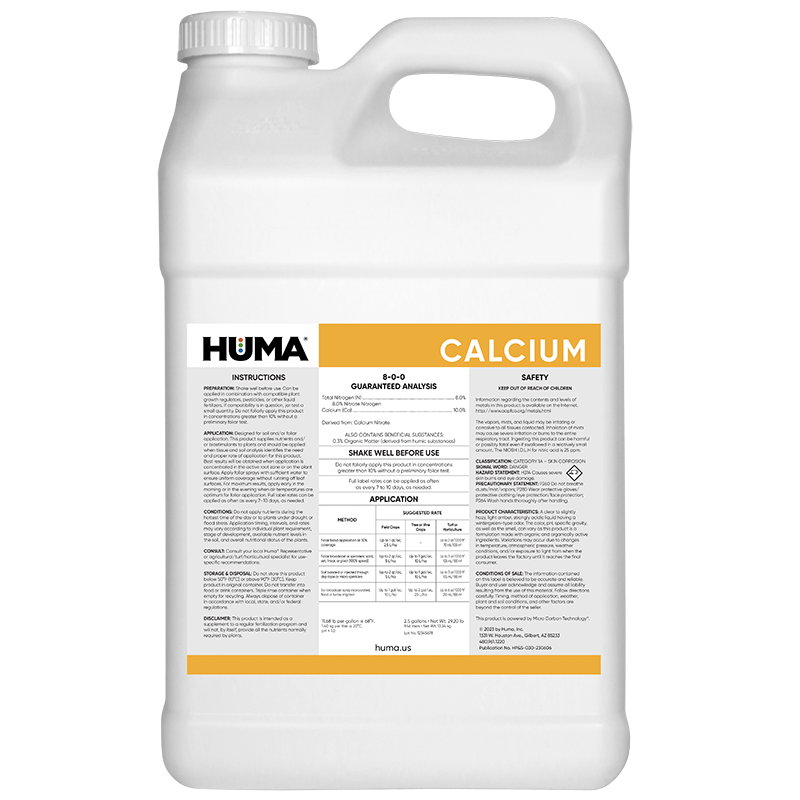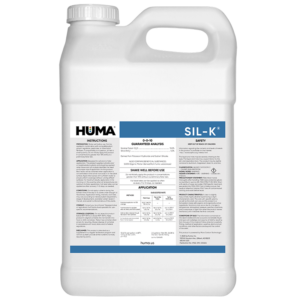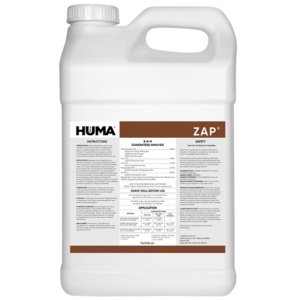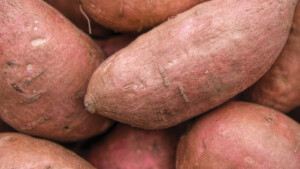CALCIUM
Benefits of Use:
- Increases stalk strength and reduces lodging in grain crops
- Increases shelf life and reduces shipping and storage disorders in fruits and vegetables
- Promotes maturity and improves fiber quality in cotton
- Improves plant tolerance of environmental stresses
- Enhances nodulation in legumes
- Promotes early root growth
- Promotes maturity and viability in seed crops
Deficiency Symptoms—When to Apply:
- Weak stalk and lodging
- Roots short and knotted
- Leaves and terminal buds distorted
- Leaves with wrinkled appearance
- Leaf die-back at the tips and along the margins
- LETTUCE: tip burn, TOMATO/PEPPER: blossom-end rot, CUCUMBER: hollow heart, BROCCOLI: black heart
FAQs
Related Videos
Nutrient Requirements for Pecan Trees
Pecan grower Josh Bowman of First Fruit Orchards discusses macronutrient and micronutrient recommendations and timing for pecan trees.
Learn More
Huma® Micronutrients and Secondary Macronutrients
Huma liquid micronutrient and secondary macronutrient fertilizers with Micro Carbon Technology (MCT) are extremely efficient. MCT improves nutrient uptake so you can get the most out of your crops. Deliver micronutrients and secondary macronutrients exactly
Learn More
Related Products
Related Case Studies
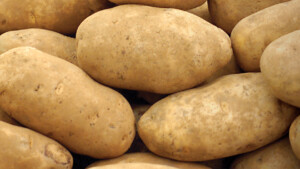
Huma® Fertilizer Program Improves Potato Yield by 5%, With 200% ROI
Background Huma® liquid fertilizer programs with Micro Carbon Technology® provide growers with efficient crop nutrients via foliar spray or irrigation at the exact time crops need them. Precision timing of efficient nutrition provides better crop yield and quality. Objective The focus of this study was to assess how the efficient Huma® nutritional products affect potato

Huma® and Zia Pueblo Farm Corn Project
Background Many small-scale farms (1-2 acres each) are established in Zia Pueblo community near San Ysidro, New Mexico. Huma® Inc. was asked to establish an experimental farm in the tribal community that could demonstrate the usage of beneficial agricultural inputs producing high-yield crop and preserving the health of the soil. Huma® humic-based products stimulate plant

Recoverable Sugar of Sugar Beets Yield Increased Using Huma® Program, Year 2
Objective This field trial was conducted to observe effectiveness of additional preharvest applications of Huma® products on recoverable sugar of sugar beets and return on investment. Materials & Methods This trial on sugar beet (Beta vulgais vulg. altissima) was conducted in Homedale, Idaho. The crop was seeded on April 18 and was harvested on October
Related Blog Posts

Reaching Crop Milestones
Raising a crop takes more than seed and soil—it takes faith. Just like raising kids, farming is full of stages that bring joy, stress, hope, and awe. From emergence to canopy and tasseling to harvest, each milestone tells a story of patience, persistence, and purpose. Here’s a look at the defining stages that make farming not just a job, but a calling.

The Farm Bill That Rocked the 80s (and Beyond)
The 1985 Farm Bill wasn’t just another piece of legislation; it reshaped modern agriculture. Born out of the farm crisis, it introduced conservation programs, supply controls, and payment systems that still influence farming today. Forty years later, its legacy continues to spark debate.

Video: Super Phos + Calcium Mixing Stability Test
English and Spanish subtitles are available. In this video, we demonstrate the unique compatibility of our highly concentrated Super Phos® 0-50-0 product when mixed with calcium. In traditional fertilizers, when phosphorus and calcium are mixed they can precipitate and fall out of solution. The resulting calcium phosphate can clog drip emitters and damage sprayers. Our

